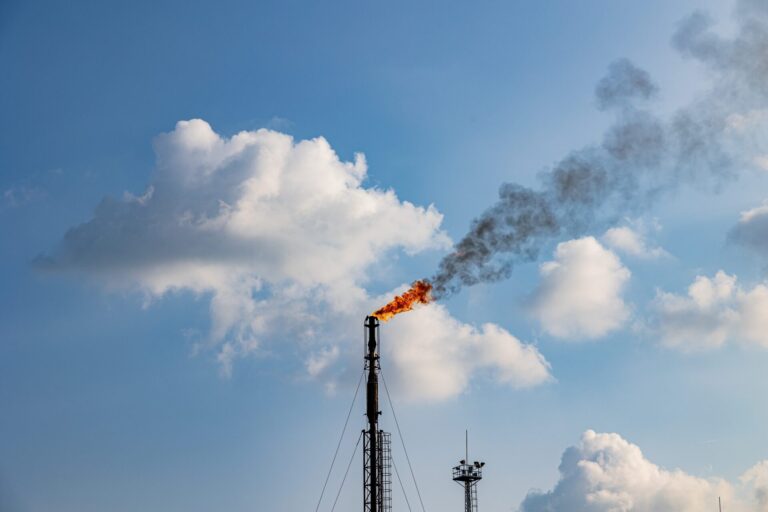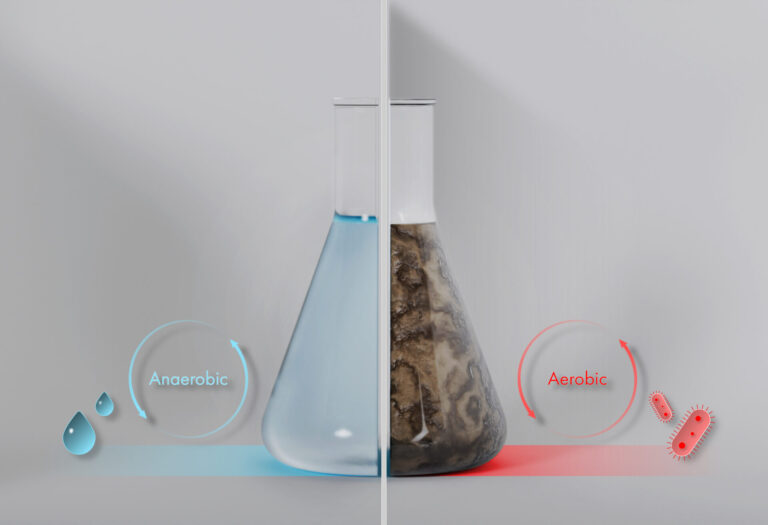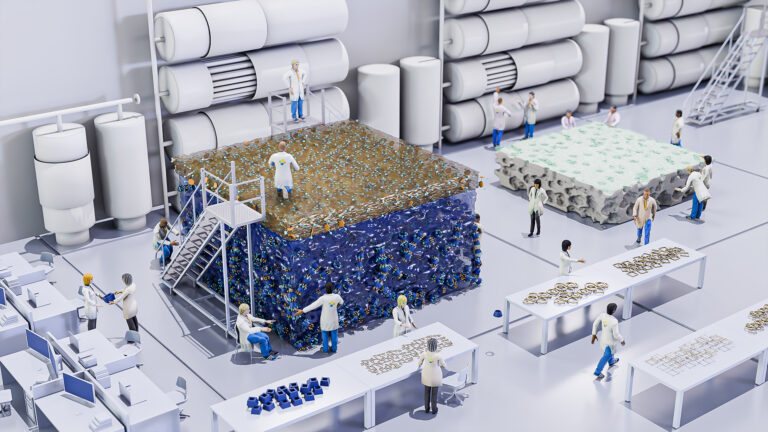Environmental Science and Engineering
Sensing for sustainable agriculture
Novel use of sensors and associated high-resolution imaging in agriculture aims to facilitate a more sustainable future.


Some members of the research team – from left to right – Gabi Fiene, Stephanie Saade, Sónia Negrão, Igor Silva and Mark Tester
© 2015 KAUST
Effective management of agricultural land and crops to produce plentiful, good quality food is paramount across the globe. Scientists at KAUST are at the forefront of research using the latest sensing technologies to investigate crop yields, plant health and irrigation management, with the aim of improving agriculture systems.
Matthew McCabe from the Water Desalination and Reuse Center, and Mark Tester, based at the Center for Desert Agriculture, use a variety of sensors and modeling systems to analyze multiple facets of crops and plant growth. The scope of their work ranges from large-scale imaging of entire farms to producing intricate details pertaining to the health of individual leaves.
A crucial component of healthy plant growth is, of course, water. Much of McCabe’s research focus is on the hydrological cycle, examining fluxes such as evaporation and rainfall along with water stores — such as soil moisture and groundwater — and how they change over space and time.
“My team and I develop 30-year global maps of evaporation and soil moisture for climate studies, as well as smaller scale projects, such as examining crop-water use at the individual farm level,” explains McCabe. “Recently we began exploring how to use unmanned autonomous vehicles (UAVs) to determine key characteristics of agricultural systems.”
Sensors carried by UAVs could provide the high-resolution, real-time data needed to explore such factors as daily water use, crop health and condition, and potential yields.
The technology underpinning UAVs, together with the sensing equipment they carry, has rapidly advanced in recent years, but the development of scientifically robust algorithms and modeling frameworks needed to analyze this wealth of data has not kept up — which is where McCabe and co-workers come in.
“We now have miniaturized sensors that can retrieve information across different portions of the electromagnetic spectrum, from standard digital cameras to systems spanning visible to near-infrared and thermal infrared wavelengths,” explains McCabe. “We are developing new metrics of crop condition from these advanced sensors to be incorporated into models estimating water use, heat-stress in plants, fertilizer needs, and even to map pest and disease infestations.”
While McCabe aims high with UAVs monitoring plant health and water use in entire crops, Mark Tester and his team are using sensors to gauge how individual plants respond to different environmental stimuli.
Using The Plant Accelerator facility in Australia, Tester and his team can image and monitor 2000 plants simultaneously as they grow, gathering vast amounts of detail on each plant and their responses to imposed changes in temperature, water use and salinity, for example. Near-infrared cameras allow the visualization of water content in plant tissues, while infrared cameras pick up the effects of temperature changes. Transferring some of these imaging technologies to both controlled environment rooms and in the field at KAUST will be the next stage for this research.
“We now also use laser-sensing equipment, allowing us to build 3D images of the entire structure of individual plants,” says Tester. “By generating a point cloud using the lasers, we then mesh the points together using algorithms developed by KAUST’s Visual Computing Center. If we combine the 3D structural images with 2D camera data, we can unfurl the life story of every single leaf on every plant, giving us unprecedented views of how plants behave.”
Tester’s current research explores how certain plants can tolerate salinity better than others. Three examples are barley, tomatoes and quinoa. “The key is to work out how they do it— what genes allow them to survive, and indeed thrive, on salt water?” says Tester. “If we could grow staple crops such as rice and wheat, modified to survive on sea-water irrigation, this would open doors to addressing future food and indeed fresh water shortages.”
With the rapid advances in sensors for use in agriculture on the ground, in the air, and even via space-based satellites, the future looks bright for crop management and improvement from the micro level to wide scale agriculture. KAUST researchers will undoubtedly continue to be at the forefront of such research.
References
- | article
You might also like

Environmental Science and Engineering
Combat climate change by eliminating easy targets

Environmental Science and Engineering
Wastewater treatment to fight the spread of antibiotic resistance

Bioscience
Digging into the world of plant-growth-promoting microbes

Bioscience
Unique microbiome discovered in mountain streams

Chemical Engineering
Unveiling the role of biomass-burning aerosols in atmospheric reactions

Chemical Engineering
Precision separations with perfect pores

Environmental Science and Engineering
Practical support for building sustainability into our cities

Environmental Science and Engineering



